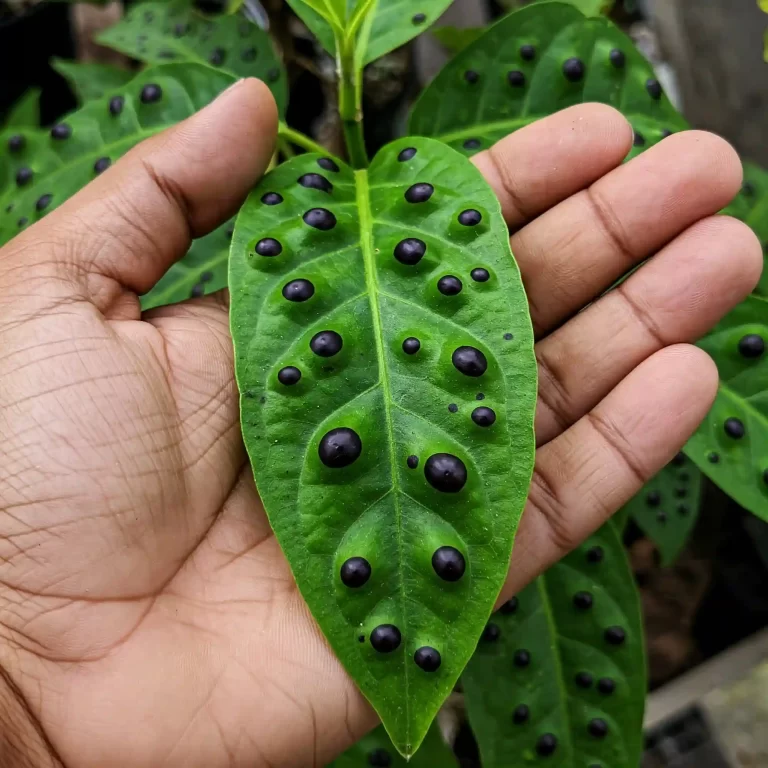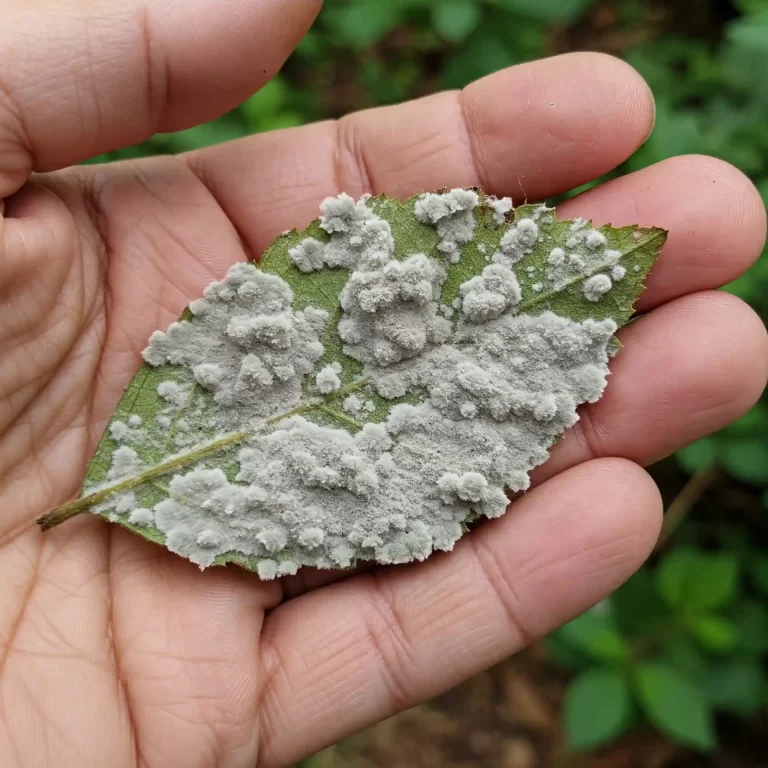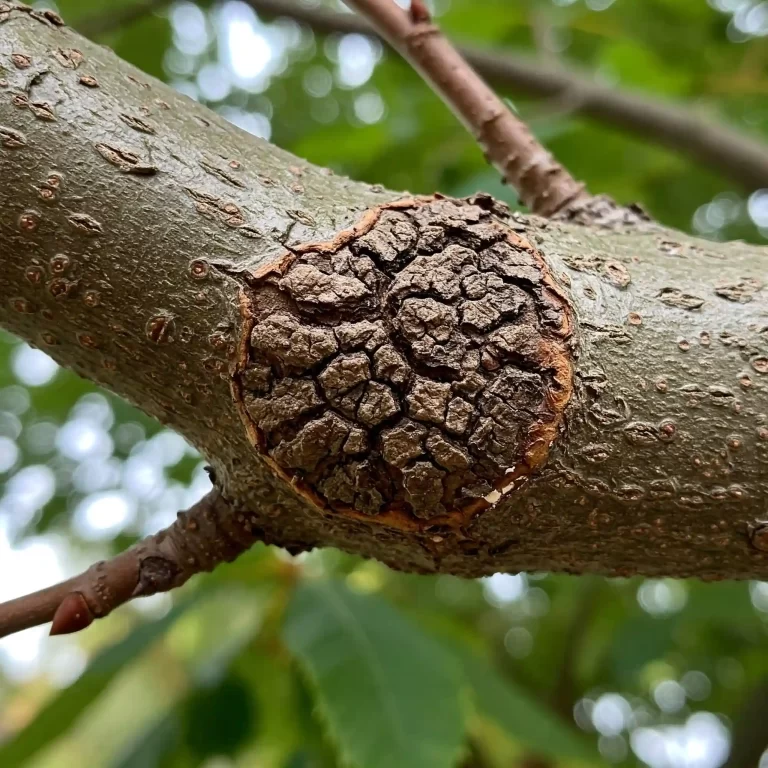I’ve seen it time and again – you pour your heart into your garden, nurturing each plant, only to find them succumbing to a mushy, decaying fate. It’s frustrating, right? You work so hard, and then this invisible enemy, Choanephora wet rot, strikes. You see your precious squash, beans, or cucumbers suddenly developing water-soaked lesions, turning into a soggy mess. I know how disheartening it feels. But don’t worry, you are not alone, and there are ways to protect your plants. In this article, I want to provide you with practical, actionable steps to prevent and control this fungal disease, so you can keep your garden thriving.
What is Choanephora Wet Rot?
Choanephora wet rot is a devastating fungal disease that can wreak havoc on your garden. It’s caused by the pathogen Choanephora cucurbitarum, a member of the Mucorales order, a group of fast-growing molds. This insidious disease primarily targets plants in the cucurbit family, including beloved vegetables like squash, cucumbers, and melons. However, its reach extends beyond these, impacting other vegetable crops such as beans.
Imagine a microscopic world where tiny, airborne spores are constantly searching for a foothold. These spores, released by the Choanephora cucurbitarum fungus, are the invisible culprits behind this disease. When they land on susceptible plant tissues, they germinate, sending out thread-like structures called hyphae. These hyphae rapidly penetrate the plant’s tissues, invading and colonizing the plant’s cells.
https://www.pinterest.com/cerciu0121/The fungus thrives in warm, humid environments. Think of it as creating the perfect breeding ground for this pathogen. High humidity levels provide the moisture these fungi need to flourish, while warm temperatures accelerate their growth. This is why you’ll often see outbreaks of Choanephora wet rot during periods of high humidity and warm weather, such as during the summer months.
Understanding the biology of this pathogen is crucial. Knowing that it prefers warm, moist conditions allows you to proactively manage your garden’s environment. By creating conditions that are less favorable for the fungus, you can significantly reduce the risk of infection.
Here’s a summary of the key characteristics of Choanephora wet rot:
- Pathogen: Choanephora cucurbitarum
- Family: Mucorales (a group of fast-growing molds)
- Preferred Conditions: High humidity and warm temperatures
- Common Hosts: Cucurbits (squash, cucumbers, melons), beans, and other vegetable plants
- Spread: Airborne spores
By understanding these key aspects, you can begin to develop a proactive approach to managing this disease in your garden. Remember, knowledge is power, and understanding your enemy is the first step in the battle against Choanephora wet rot.
Recognizing the Signs of Choanephora Wet Rot
Early detection is key when it comes to managing Choanephora wet rot. The sooner you spot the signs, the better your chances of controlling the disease and minimizing the damage to your plants. While the specific symptoms can vary slightly depending on the plant species, there are some telltale signs that should raise your suspicion.
One of the most prominent symptoms is the appearance of water-soaked lesions. These lesions typically start as dark, discolored spots on the leaves, stems, or even the fruits of your plants. They often have a wet, almost greasy appearance, hence the name “wet rot.” As the disease progresses, these lesions expand and deepen, causing the affected tissues to become soft and mushy.
In addition to the water-soaked lesions, you might notice a white, fluffy growth on the infected areas. This is the mycelium, the vegetative part of the fungus, which is responsible for spreading the infection. It appears as a fuzzy, cotton-like mass and is a clear indication of an active fungal infection.
As the disease progresses, the infected plant parts can become severely weakened and begin to wilt. The leaves may droop and lose their turgor, and the overall vigor of the plant can decline rapidly. In severe cases, the plant may even collapse entirely, succumbing to the overwhelming effects of the infection.
Here’s a breakdown of the key symptoms to watch for:
- Water-soaked lesions: Dark, wet spots on leaves, stems, or fruits.
- Soft rot: Affected tissues become mushy and soft.
- White, fluffy mold: Indicates the presence of the fungal mycelium.
- Wilting: Leaves and stems lose their rigidity and droop.
- Plant collapse: In severe cases, the entire plant may collapse.
It’s important to remember that Choanephora wet rot is a rapidly progressing disease. Regular inspection of your plants is crucial to catch the early signs of infection. Take some time each day to carefully examine your plants, paying close attention to the leaves, stems, and fruits. If you notice any suspicious symptoms, take immediate action to prevent the disease from spreading further.
7 Proven Strategies to Prevent Choanephora Wet Rot
Prevention is always better than cure, and when it comes to Choanephora wet rot, this adage rings particularly true. By implementing proactive measures, you can significantly reduce the risk of this disease taking hold in your garden and safeguard your beloved plants. Over the years, I’ve learned that several strategies are particularly effective in preventing Choanephora wet rot.
One of the most crucial steps is to improve air circulation around your plants. Stagnant air creates a humid environment that is ideal for the growth of fungi. By ensuring good air circulation, you can significantly reduce the humidity levels and create a less favorable environment for the pathogen. This can be achieved by spacing your plants appropriately, avoiding overcrowding. In greenhouses, the use of fans can dramatically improve air circulation and help to keep the air moving.
Proper sanitation is another critical aspect of disease prevention. Clean and disinfect your gardening tools, especially pruning shears and any tools that come into contact with plant tissues. This helps to prevent the spread of fungal spores from one plant to another. Remove and destroy any infected plant debris promptly. Do not compost infected plant material, as this can spread the disease. Instead, bag it up and dispose of it properly. Avoid working in your garden when plants are wet, as this can increase the risk of spreading spores.
Managing moisture is essential. Overwatering can create excessively wet conditions, which are ideal for the growth of Choanephora wet rot. Water your plants at the base, avoiding wetting the leaves. This minimizes the amount of time that the plant foliage remains wet, reducing the opportunity for fungal spores to germinate. Consider using drip irrigation or soaker hoses to deliver water directly to the root zone. Ensure your soil has good drainage to prevent waterlogging.
Preventive fungicides can also be a valuable tool in your arsenal, especially in areas with consistently high humidity. Copper-based fungicides and biofungicides can provide a protective barrier against fungal pathogens. However, it’s crucial to use these products judiciously and always follow the label instructions carefully.
Choosing resistant varieties can also be a helpful strategy. Plant breeders are constantly working to develop cultivars that are more resistant to Choanephora wet rot. Consult with your local nursery or seed supplier for recommendations on resistant varieties of squash, cucumbers, and other susceptible crops.
Regular monitoring of your plants is essential for early detection of any signs of disease. Take some time each day to carefully inspect your plants, paying close attention to the leaves, stems, and fruits. Early detection allows you to take swift action to control the disease and minimize the damage.
Finally, ensure your plants are grown in well-drained soil. Waterlogged soil creates an environment that is conducive to fungal growth. Amend your soil with organic matter such as compost to improve drainage and aeration.
By implementing these proactive strategies, you can significantly reduce the risk of Choanephora wet rot and protect your garden from this devastating disease. Remember, prevention is always the best course of action, and by taking these steps, you can enjoy a healthy and productive garden season.
How to Treat Choanephora Wet Rot
While prevention is always the preferred approach, sometimes Choanephora wet rot can still find its way into your garden. If you notice the telltale signs of the disease, such as water-soaked lesions, rapid decay, or the presence of white, fluffy mold, it’s time to take action.
The first step in managing an outbreak is to remove and destroy any infected plant parts. This is crucial to prevent the disease from spreading to other plants. Cut away any infected leaves, stems, or fruits using clean pruning shears. Dispose of the infected material in a sealed bag to prevent the spores from spreading.
Improving air circulation is also important when dealing with an outbreak. Increased airflow can help to dry the plant surfaces and reduce humidity, creating a less favorable environment for the fungus. Use fans to circulate air around your plants, especially in greenhouses or enclosed spaces.
In some cases, the use of fungicides may be necessary. Copper-based fungicides and some biofungicides can be effective in controlling Choanephora wet rot. However, it’s crucial to choose the right fungicide and apply it correctly. Always follow the label instructions carefully and consider the safety of any nearby plants or beneficial insects.
It’s important to remember that treatment may not always be successful, especially if the infection is severe or the plant is already significantly weakened. In some cases, it may be necessary to remove and destroy the entire plant to prevent the disease from spreading further.
While treating an outbreak of Choanephora wet rot can be challenging, taking prompt action can help to minimize the damage and protect the rest of your garden. By implementing these strategies and staying vigilant, you can effectively manage this disease and ensure the health and vitality of your plants.
Frequently Asked Questions
I understand that you might have some burning questions about Choanephora wet rot. Here are some of the most common questions that I often get asked, along with my answers:
Q: Can Choanephora wet rot affect indoor plants?
A: While Choanephora wet rot is primarily associated with outdoor plants, it can also affect indoor plants under certain conditions. High humidity levels, poor air circulation, and warm temperatures within the indoor environment can create an ideal environment for the fungus to thrive. Regularly inspect your indoor plants for any signs of disease and take appropriate action if necessary.
Q: Can I compost infected plant debris?
A: No, it is strongly advised against composting infected plant debris. Composting typically involves creating warm, moist conditions, which are ideal for the survival and spread of fungal spores. Composting infected material can contaminate the compost pile and potentially spread the disease to other plants. Instead, dispose of infected plant debris in a sealed bag and discard it in the trash.
Q: What are the best organic options for controlling Choanephora wet rot?
A: While chemical fungicides can be effective, there are also some organic options available. Neem oil has shown some promise in controlling fungal diseases, including Choanephora wet rot. It’s important to follow the instructions on the neem oil product carefully and apply it according to the recommended rates. Additionally, there are certain biofungicides, such as those containing beneficial microorganisms, that can help to suppress fungal growth.
Q: Can Choanephora wet rot affect humans or animals?
A: Choanephora wet rot primarily affects plants. It is not considered a significant threat to humans or animals. However, it’s always a good practice to wash your hands thoroughly after handling infected plants or gardening tools.
Conclusion
In conclusion, Choanephora wet rot can be a serious threat to your garden, but by taking proactive steps and understanding the disease, you can effectively manage and prevent it. Remember, prevention is always the best course of action. By creating a healthy garden environment with good air circulation, practicing proper sanitation, and managing moisture levels, you can significantly reduce the risk of infection.
If you do encounter Choanephora wet rot, acting quickly is crucial. Remove and destroy infected plant material, improve air circulation, and consider using appropriate fungicides. While treatment may not always be successful, early intervention can help to minimize the damage.
I encourage you to continue learning about plant diseases and to prioritize plant health in your garden. Regular inspection, proactive measures, and a proactive approach to disease management will go a long way in ensuring a healthy and thriving garden.




